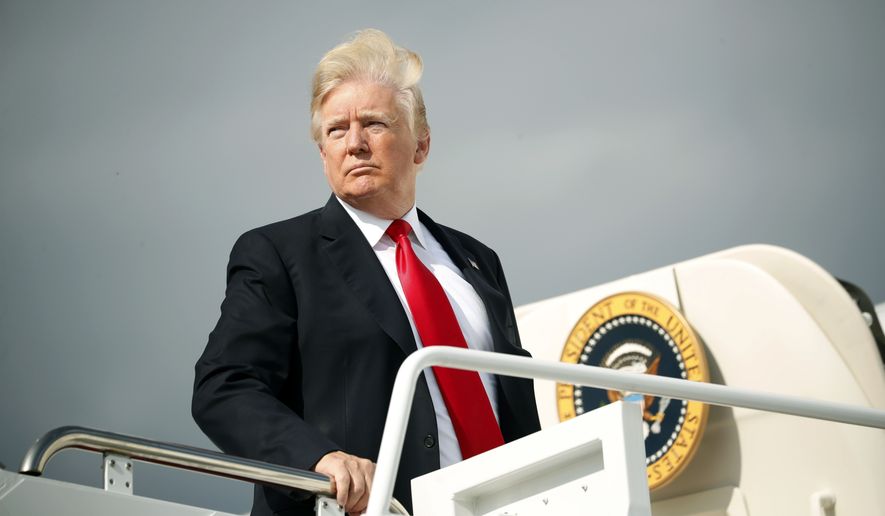
In a bold break with diplomatic convention, President Trump is heading into a high-stakes summit with North Korean leader Kim Jong-un on Tuesday without a completed deal on the table.
While conversations at the White House about how to conduct the negotiations are developing day by day, according to sources, Mr. Trump has made it clear that he will lead the deal-making when he gets to the Singapore summit.
The potential for on-the-fly negotiations is fueling a White House debate about what — if any — concessions Mr. Trump should offer in exchange for North Korea’s concrete steps toward dismantling nuclear weapons and nuclear weapons facilities.
“It is up to North Korea to indicate what it is willing to do prior to the U.S. once again tossing benefits to the North to try to get it to comply with international law and U.N. resolutions,” said Bruce Klingner, a scholar at the conservative Heritage Foundation who once ran the CIA’s Korea branch.
He described the offer of U.S. concessions as “the policeman sitting across from the criminal saying, ‘OK, this is what I’ll give you to have you return to compliance with the law.’ It shouldn’t be that way.”
Mr. Klingner echoed the Korea hawks at the White House who oppose any U.S. concession prior to a ironclad commitment from Pyongyang to comply with United Nations resolutions demanding comprehensive, verifiable, irreversible dismantling of the nuclear weapons program, known as CVID in diplomatic circles.
The most strident hawk at the White House is National Security Adviser John R. Bolton. His views are tempered by Secretary of State Mike Pompeo, who has spearheaded the effort on North Korea.
Both men will accompany the president to Singapore.
Mr. Trump appeared to back immediate CVID until last week, when he tamped down expectations for the summit and endorsed a more gradual process....
He also stepped back from using the term “maximum pressure” to describe the sanctions campaign against Mr. Kim’s communist regime. The severe sanctions, coupled with support from China in cutting off North Korea, helped bring Mr. Kim to the negotiating table.Mr. Klingner said the president had “watered down” the U.S. demands for CVID.“We are not quite certain if that is still the policy or whether by Trump saying take your time to North Korea he is indicated a phased, more methodical implementation,” he said.Mr. Trump has floated offers of security assurances for the Kim regime, economic aid and normalized relations, although the administration refuses to consider reducing the force of roughly 28,000 U.S. troops in South Korea.The details of these offers and what actions North Korea would take to trigger implementation could be decided in Singapore.The president also said the summit is just the beginning of a series of talks to hammer out a denuclearization deal.The prospect of follow-up meetings ginned up speculation that Mr. Kim had invited the president to Pyongyang and that Mr. Trump was considering inviting Mr. Kim to
